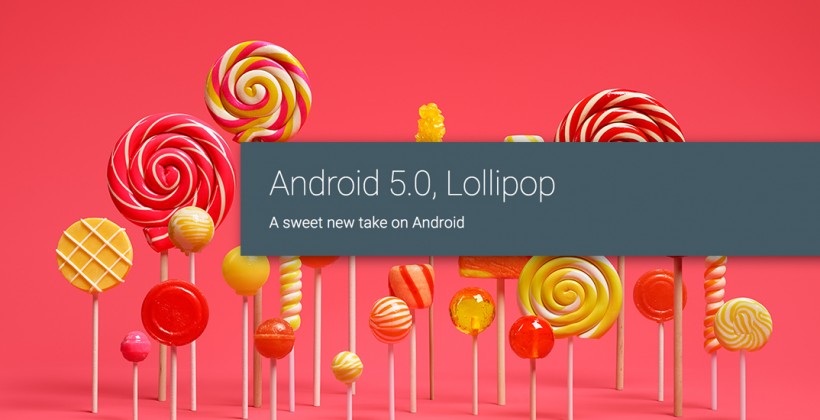YouTube has announced that after four years of working with Web browsers and the “broader community,” it has stopped using Flash as its default video player in favor of HTML5. The site will now use HTML5 video as standard in Chrome, Internet Explorer 11, Safari 8, and in beta versions of Firefox. YouTube engineer Richard Leider said the time had come to ditch the aging Flash in favor of HTML5 as the latter, used in smart TVs and other streaming devices, had benefits that “extend beyond web browsers.”
“We’re now defaulting to the HTML5 player on the Web,” said YouTube engineering manager Richard Leider in a blog post Tuesday. It took four years for Google to make the HTML5 change, which is a major victory for Web standards fans who’ve strived to eject proprietary plug-ins from the Web. Leider notes other content providers, including Netflix and Vimeo, as well as computer technology vendors such as Apple and Microsoft, have embraced HTML5. “By providing an open standard platform, HTML5 has also enabled new classes of devices like Chromebooks and Chromecast. You can support HTML5 by using the <iframe> API everywhere you embed YouTube videos on the Web.” Additionally YouTube is deprecating the “old style” of Flash <object> Embeds and its Flash API.
It’s no secret that many security professionals have long wished they could rid themselves of Adobe Systems Inc.’s high-risk Flash multimedia platform. YouTube’s move highlights the shrinking relevance of Adobe Flash on the modern internet. Adobe itself has spent the last few years severing many of its ties with the product — the company’s Flash 2012 Flash roadmap narrowed its focus to gaming and “premium” video, and in 2011, the company killed Flash Player for mobile, saying at the time that HTML5 was the “best solution for creating and deploying content in the browser across mobile platforms.”




